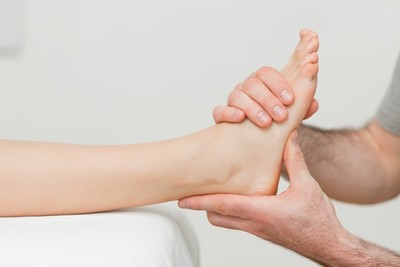What is Applied Kinesiology?
Applied Kinesiology is a system of diagnosing and treating structural, chemical, and mental imbalances in the body using manual muscle testing. It was first developed by a Chiropractor, Dr. George Goodheart Jr., in 1964, and has continued to develop since that time.
Diagnosis: Manual muscle testing along with knowledge of biomechanics and physiology are used to determine what is functioning abnormally in the body. A muscle may test weak on its own, or a previously strong muscle may weaken upon adding some form of stress to the body; whenever weakness is found, the practitioner must then determine why there is dysfunction and attempt to make the appropriate correction.
Weakness of a muscle may be related to a problem with:
• the musculoskeletal system;
• the nervous system;
• lymphatic drainage;
• the vascular supply to a muscle or organ;
• nutritional excess or deficiency;
• the cranial-sacral mechanism; or
• the acupuncture meridian system.
Treatment: Treatment methods in Applied Kinesiology have been adapted from many different facets of healthcare.
These include:
- Chiropractic Manipulation;
- Osteopathic Cranial Techniques;
- Acupuncture Meridian System;
- Myofascial Techniques;
- Nervous System Coordination Procedures; and
- Nutrition.
Upon completion of a thorough history and examination (which should include traditional exam procedures as well), a treatment program is designed to meet your individual body requirements; in many cases, several of the aforementioned techniques will be utilized to balance your muscles and help you achieve your maximal state of health.
For more information about Applied Kinesiology, please visit:
International College of Applied Kinesiology




